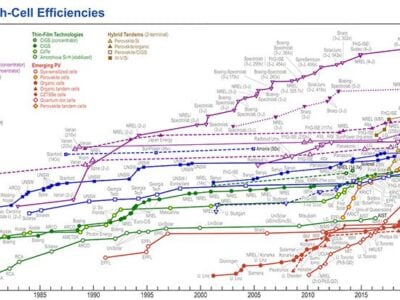
What are key aspects of edge computing, regardless of industry?

Stratus Technologies.
What’s an example of an industry or business that’s been significantly impacted by edge technology?
It’s really interesting that right now, no one industry has truly been transformed or disrupted by edge computing. And that’s because we’re still in transition, the early days of evaluating and finding the optimal use cases. We haven’t seen anyone truly scaling (large) on edge transformation strategies just yet. Alternatively, we have seen edge computing enabling innovation and ROI across multiple industries as varied as manufacturing, energy, smart cities and buildings, transportation, retail, and law enforcement.
Why is real-time data processing so critical?
There are a couple of reasons. First is time criticality. Some decisions or actions need to be executed within milliseconds or even microseconds. Think about autonomous vehicles recognizing a pedestrian or hazard in the roadway. The vehicle needs to make a deterministic decision about how to avoid injury or hazard, and there isn’t time to send that data to a cloud for processing, and then send it back to act on it. Thus, time-critical processing or computing needs to be done in vehicle.
Second, there are many factory production scenarios where large amounts of machine data or vision need to be processed in real-time (e.g., motion control) to perform human-assisted (e.g., safety-critical) robotic control or in the networked coordination of many robots in assembly or production.
How can the edge benefit business areas where there’s a lack of skilled IT professionals?
Edge computing allows for truly autonomous installations in locations that are remote or unmanned, such as in the energy industry. Edge-computing technologies enable applications to run autonomously, where standard operational services such as security, application, or systems management can run in the background or be managed out of band with zero-touch administration.
How can leaders be certain that an edge system will last?
The great thing about edge computing is that it doesn’t require wholesale replacement for existing technology systems. It can complement and expand the capabilities of traditional systems while providing a path to modernize toward a future system. An informed edge-computing strategy balances the best of IT and OT worlds, creating open, flexible systems while affording new standards for extensibility and interoperability.
How can edge technology yield ROI?
In a lot of ways, evaluating the ROI of edge computing parallels the introduction of previous emerging or disruptive technologies. Edge-computing value can be shown to increase productivity by optimizing processes, increase efficiency, enable interoperability, and achieve higher availability, just to name a few. In addition, edge computing can expand innovation and accelerate intelligence to drive digital transformation.
This article first appeared on Electronic Design – www.electronicdesign.com
John Vicente joined Stratus in 2019 as Chief Technology Officer. As CTO, John is the technical evangelist for the company developing and promoting Stratus’ view of the Edge and IoT landscape. He collaborates closely with members of the Stratus Business Line Management, Engineering and the field GTM teams.
 If you enjoyed this article, you will like the following ones: don't miss them by subscribing to :
eeNews on Google News
If you enjoyed this article, you will like the following ones: don't miss them by subscribing to :
eeNews on Google News



